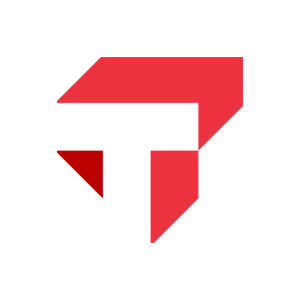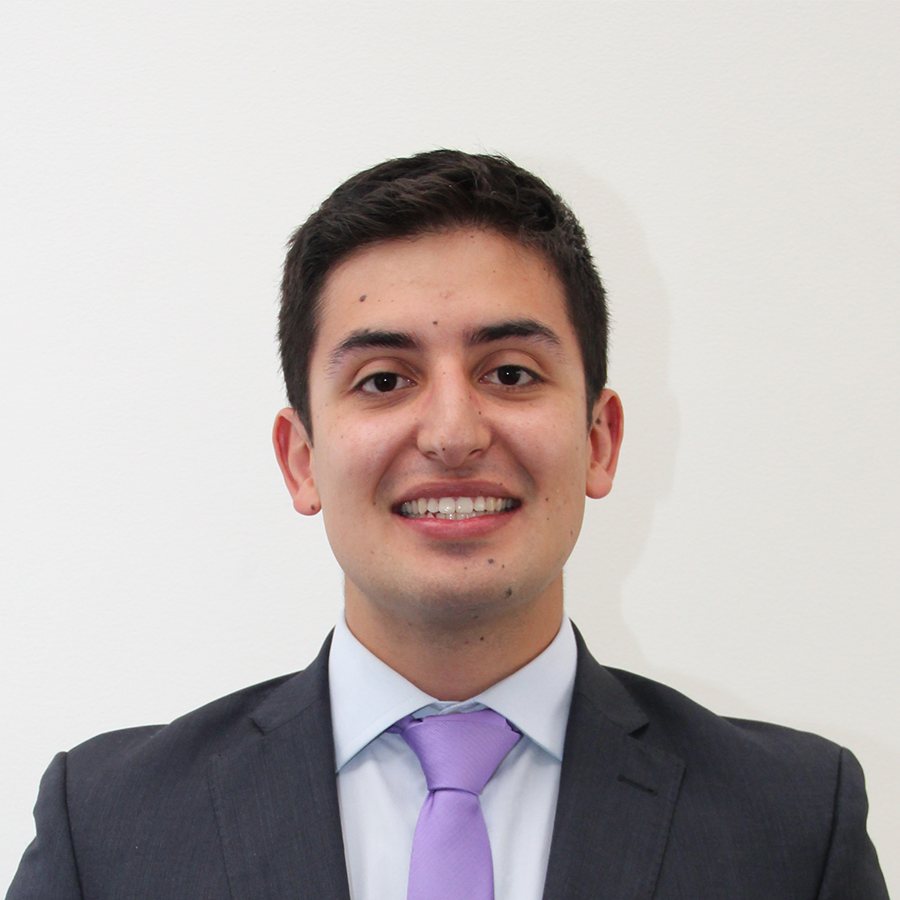
Carnegie Mellon Researchers Partner With USRA and Amazon to Teach Quantum Computing Programming Foundations
The Quantum Integer Programming course crosses barriers in multidisciplinary education and will be used globally to expand the collective knowledge base of quantum computing research.
By Aubrey Buberniak
Carnegie Mellon and the Tepper School of Business have long been leaders in transformational education, where researchers successfully challenge the status quo to create new technologies and processes that solidify our reputation as innovative thinkers and doers.
Sridhar R. Tayur, Ford Distinguished Research Chair and University Professor of Operations Management, believes that quantum computing will be one of the next consequential innovations to put the university’s name in the history books. Along with David Bernal Neira, a chemical engineering doctoral candidate in the College of Engineering, and Davide Venturelli, Adjunct Professor and Associate Director of Quantum Computing and Science Operations; Manager of the Research Institute of Advanced Computer Science at the Universities Space Research Association (USRA); and Quantum Research Scientist at NASA, Tayur is teaching Quantum Integer Programming, a new course developed to train Carnegie Mellon students on how to use this technology.
“Quantum computing is a futuristic thing,” said Tayur.
“Historically, some of the early work and important advances in integer programming have come from the Tepper School of Business and Carnegie Mellon, so not only is integer programming widely used in the industry, its intellectual heritage has come from our campus.
“Now, quantum computing, which was mostly studied from an intellectual academic perspective by theoretical physicists and theoretical computer scientists until we came along at Tepper, is close to becoming practical. We want to invent this future. This is going to significantly change how we can compute."
Large global companies, including IBM, Microsoft, Google, and Amazon, as well as government entities from countries all over the world, have an interest in quantum computing and are investing in the infrastructure and knowledge base of the field. The race to understand and utilize this technology is on.
So how does a professor of operations management become interested in quantum computing, a subject matter traditionally studied by theoretical physicists?
“I began looking into quantum computing because, to me, it was a new gadget,” said Tayur.
“I'm not a theoretical physicist or a theoretical computer scientist, I’m a business school professor who has been a software entrepreneur. So I asked, how can it help business? And then I figured out how to make it immediately valuable while building the foundation for further innovations.”
Carnegie Mellon Researchers Partner with USRA and Amazon
At the time, the NASA Quantum AI Laboratory was exploring the potential for quantum computers to tackle optimization problems that are difficult or impossible for traditional supercomputers to handle and offered university professors one hundred hours of use on a quantum computer to support this research. Tayur submitted a proposal to a competition issued by the Research Institute for Advanced Computer Science of the USRA, an organization founded in 1969 to work with NASA and academia to advance space sciences and artificial intelligence. Tayur received the hours of use and formed the Quantum Computing Group at Carnegie Mellon. The quantum integer programming course was the next step.
That’s where Bernal Neira came in.
“I started my Ph.D. back in 2017 in the chemical engineering department, working on solving kinds of optimization problems which appear often in chemical engineering, including those that are discrete and nonlinear. At the same time, Professor Tayur was also trying to solve the same kind of optimization problems but by using a quantum computer,” he said.
“My advisor, Professor Ignacio Grossmann (the Rudolph R. and Florence Dean University Professor in the department of Chemical Engineering) shared with me a paper that Professor Tayur was working on, and everything clicked in my mind; all of those lectures on quantum mechanics back in undergrad suddenly made sense and I could piece them together with my research. So, I wrote a review of this paper.”
The paper eventually led to a once in a lifetime opportunity — Bernal Neira became a summer intern at NASA through the selective Feynman Quantum Academy program, working in the Quantum and Artificial Intelligence Laboratory with Venturelli.
The three Carnegie Mellon researchers – Bernal Neira, Grossmann, and Tayur – then wrote a proposal for a National Science Foundation (NSF) grant that would support supplemental funding requests to enable use of quantum-computing cloud platforms from Amazon Web Services, IBM, or Microsoft. They received the grant.
And so not only does the group have a collaborative partnership with USRA, they also developed a partnership with Amazon’s quantum cloud platform — Amazon Braket — to further support their research.
“There are different kinds of technologies out there and we, as a community, haven’t yet figured out which one is going to be the best way of building a quantum computer,” said Bernal Neira. “Through our partnerships, we now have access to different types of these computers, and being able to use them in our lectures is very, very valuable.”
“All of these devices are coming,” said Tayur, “and we have to learn how to use them. So we did. And NASA and Amazon noticed that we were teaching a class, and now, algorithms from our research will be taught to others."
USRA and NASA are using slides, workbooks, and lectures from the course to teach their non-quantum scientists, engineers, and interns how to program quantum computers. In addition, due to an agreement with the New York State Technology Enterprise Corporation and support from the Air Force Research Laboratory, the course material also is being integrated into training for a workforce development program for the U.S. Air Force. Domestic and international universities, including Purdue University and the Indian Institute of Technology Madras, also are using the course material.
“At the beginning of this year, we said, we should try teaching this to others,” said Bernal Neira. “The technology is there. We need to come up with the workforce of the future.”
Quantum Integer Programming Course Highlights Cross-Campus Collaboration
The use cases for quantum computing go beyond business optimization. As knowledge in the field grows, so does the number of possibilities.
“Quantum computing has applications in physics, computer science, biology, engineering,” said Tayur.
“The students enrolled in this course are all from different schools and backgrounds. We have use cases for everything from portfolio optimization and supply chain management to computational biology and track reconstruction in physics. This technology can help students to study these hard problems in a systematic way that makes them think differently.”
“Our objective in this course is that whoever takes this class should be able to go out there, and then use the quantum resources that are available to them to solve challenging optimization problems, both in theory and in practical use,” said Bernal Neira.
“We have students working on developing novel medicines, people trying to identify tiny particles and solve particle physics problems. We are at a stage where we believe these quantum resources can be used for these practical applications, and we wanted to share it with everyone.”
The course’s success is a testament to Carnegie Mellon's commitment to being a collaborative campus research hub, as quantum computing itself is a multidisciplinary field of study.
“We have been lucky to find an environment such as CMU where all of these ideas can converge into a single lecture," Bernal Neira continued.
"Look at who is teaching this lecture: we have a business school professor whose background is in mechanical engineering and who has a Ph.D. in operations research; a NASA senior scientist whose Ph.D. is in condensed matter, and me, from chemical engineering, with a physics and engineering background. All of these people with very different backgrounds and areas of expertise had the chance to come together, bring awesome ideas to the table, and sit down and get to work. That is uncommon and very inspiring."
The Future of Quantum Computing
According to Tayur, we are at the very beginning of understanding the impact quantum computing will have on the way we make business decisions.
“Think of it as you know how to ride a bicycle, but quantum computing is a fighter jet,” he said.
“We live in a world of bicycles, but what could you do if you had an airplane? It’s a long game, but we are pushing the limits. We’ve laid the foundations. And with this course, we will see what the world builds on top of it.”
“If you are a student who is interested in this field of study, there are many opportunities, including the Feynman Quantum Academy internship program, which is what enabled me to go to NASA,” said Bernal Neira. “It’s a great topic for young people to be excited about."
The applications of quantum computing will only continue to grow. Tayur envisions quantum computing being immediately applicable to portfolio optimization and supply chain management but hopes that in a few years, new devices will become available that can extend the reach of quantum computing.
“What could we do if we all had quantum computers in our pockets?” he asks. “We just have to keep pushing and developing, collaborating with our partners, and who knows what we can do.”




